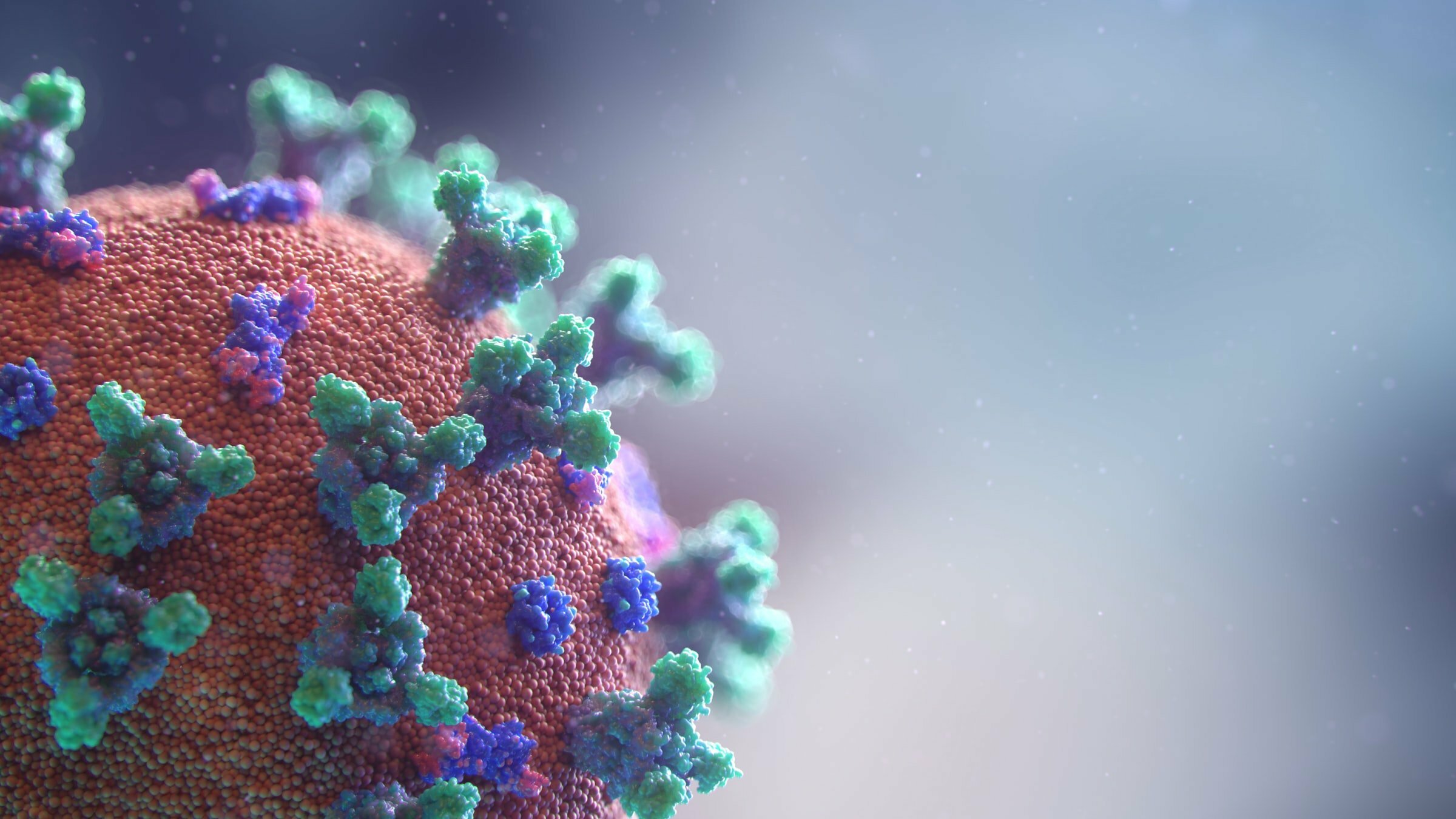——— October 05, 2022 | News
Studies shed new light on the COVID-19 pandemic's origins
Studies based on the geographic locations and viral sequencing of the first cases indicate that the pandemic began in Wuhan’s Huanan market, with two distinct leaps from animals to humans.
——— Recent Articles
Regarding the genesis of Covid-19, three recent research provide the following uncontested conclusion: There are still facts available that can help solve the biggest riddle surrounding the pandemic, despite the passing of two years and the Chinese government’s lack of transparency. Even though the results of these new tests differ about the cause of COVID-19, each disproves the long-held assumption that the virus somehow escaped from the Wuhan Institute of Virology.
An international team of scientists has determined that the COVID-19 pandemic, which has killed 6.4 million people since it started almost three years ago, was most likely caused by live animals sold at the Huanan Seafood Wholesale Market in Wuhan, China. Michael Worobey, a specialist in viral evolution and his team were able to pinpoint the pandemic’s beginning at a market in Wuhan where live animals susceptible to the virus, like as foxes, raccoon dogs, and other species, were being sold just before it started. The authors also come to the conclusion that two distinct transmission occurrences at the Huanan market in late November 2019 are most likely what caused the first animal-to-human transfer.
One investigation examined the sites of the earliest confirmed COVID-19 infections as well as swab samples collected from surfaces at various market locations. The other research concentrated on SARS-CoV-2 genomic sequences from samples taken from COVID-19 patients in China during the early stages of the pandemic. In the first month of the pandemic, December 2019, scientists of Scripps Research in San Diego, California, looked at the geographic distribution of COVID-19 patients. Nearly all of the 174 COVID-19 cases reported by the World Health Organization (WHO) that month, 155 of which were in Wuhan, could be located by the researchers. In contrast to later instances, which were widely spread around Wuhan, a metropolis of 11 million people, analysis revealed that these patients were concentrated closely around the Huanan market. Notably, the researchers discovered that a startling proportion of early COVID patients resided close to the market even though they had no known relationship to it, meaning they didn’t work or shop there. This reinforces the theory put out by scientist that the market served as the pandemic’s focal point, with sellers becoming infected first and starting a chain reaction of illnesses among local residents.
This indicates that the infection was not transmitting covertly, according to scientists. The market was where it really started, and it expanded from there. Red foxes, hog badgers, and raccoon dogs were among the species sold alive at the Huanan market in the days before the first instances of COVID-19 were discovered, according to the researchers. These creatures are now known to be vulnerable to SARS-CoV-2. The researchers created a thorough market map and demonstrated a significant relationship between SARS-CoV-2-positive samples reported by Chinese researchers in early 2020 and the western section of the market, where live or recently slaughtered animals were traded in late 2019.
Viruses have probably moved from animals to people more than once.


